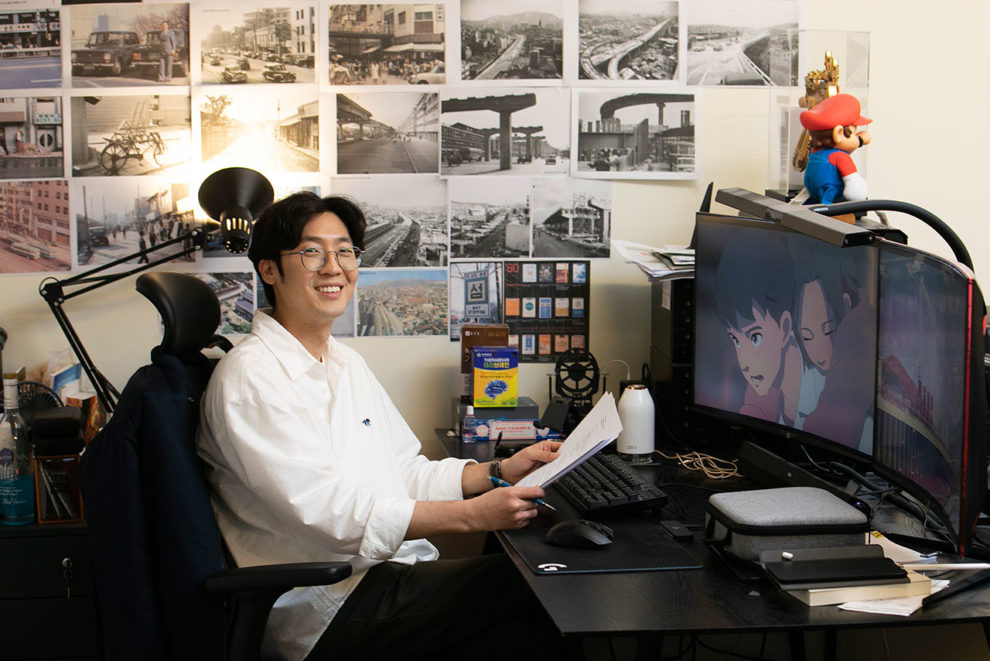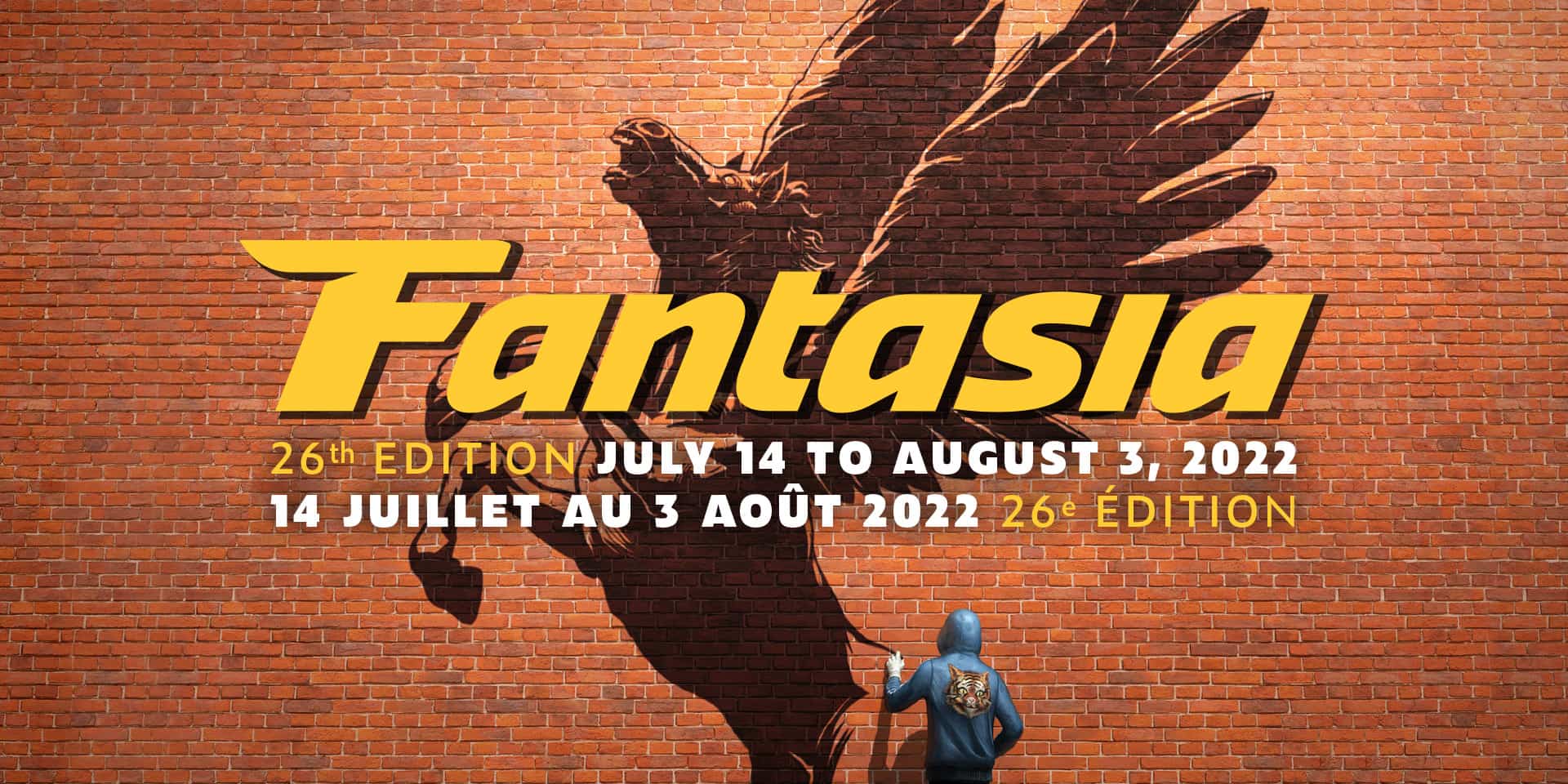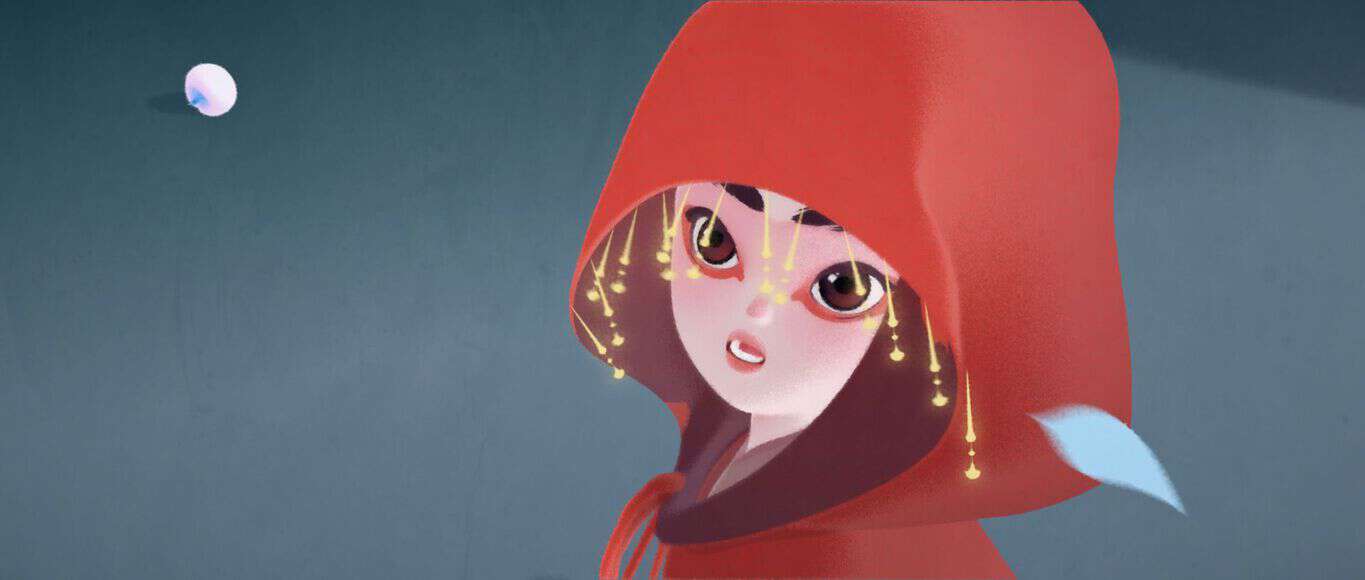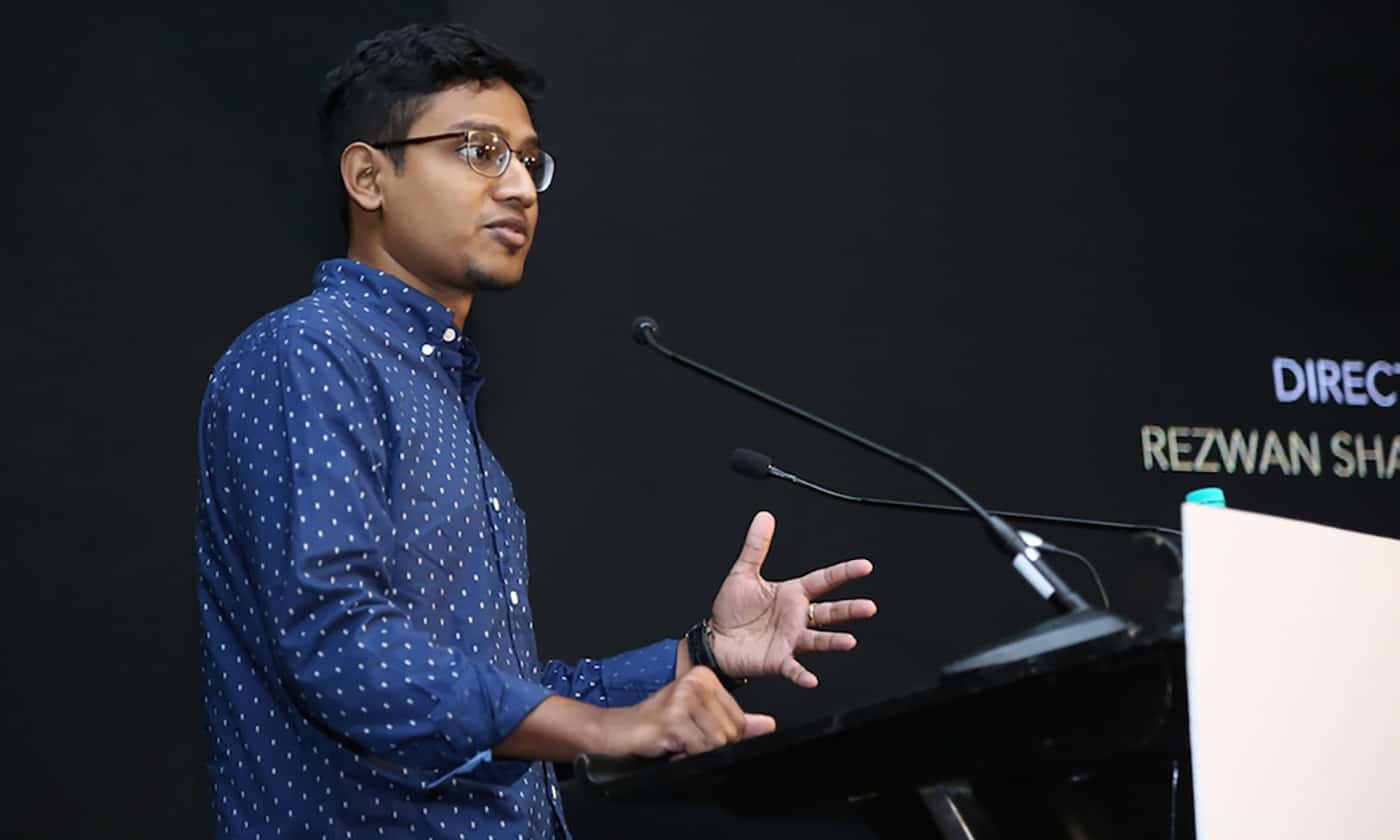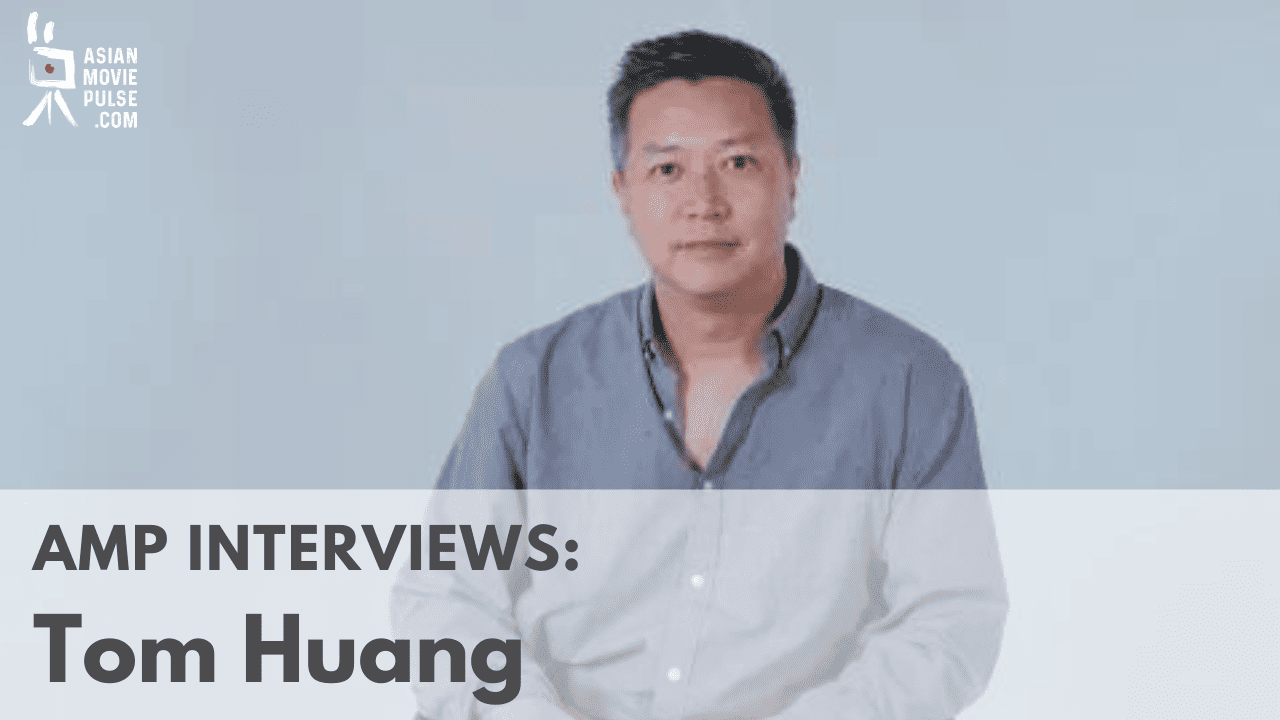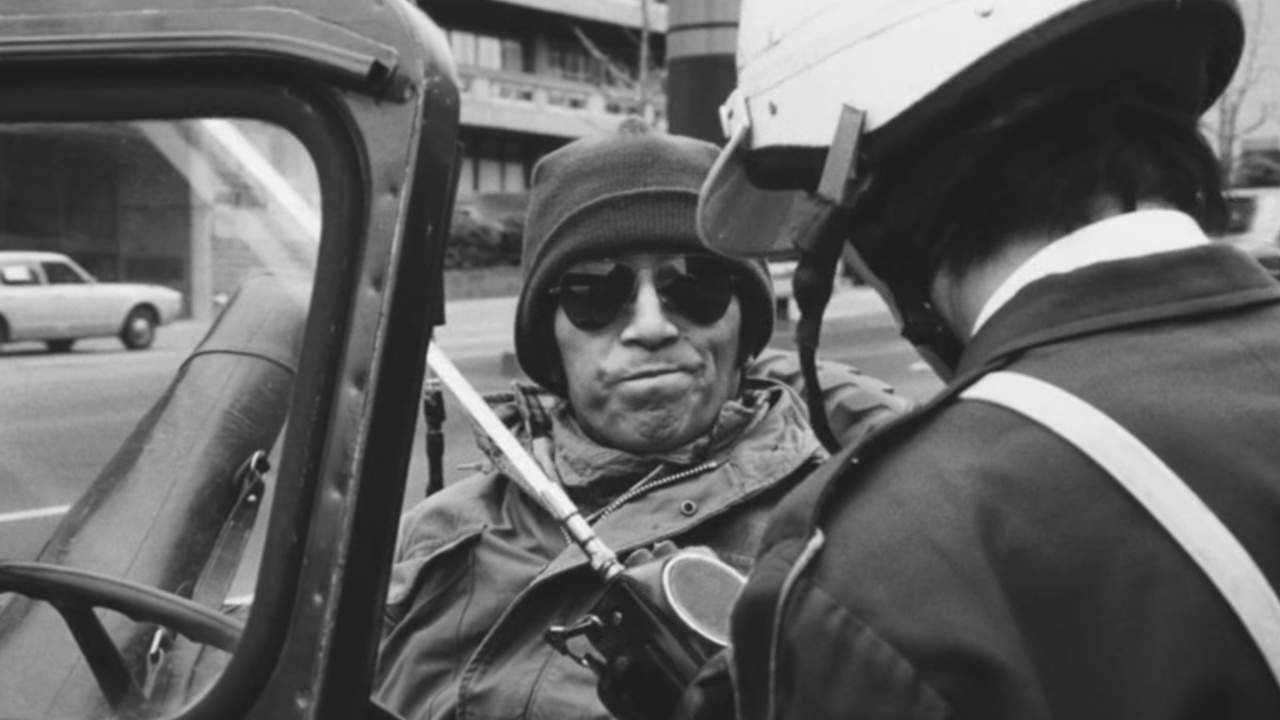Hong Jun-pyo is a Korean animator who has been working in the industry since 2013. “Chun Tae-il: A Flame that Leaves On” his feature debut, won the Contrechamp Jury Distinction.
On the occasion of the film screening at Fantasia, we talked with him about the particular character and the relevance of his story in today's setting, worker's rights, his suicide and the way it was portrayed in the film, and other topics.
Why did you decide to shoot a film about Chun Tae-il? Have you seen any of the previous works about him, particularly A Single Spark?
Before making “Chun Tae-il: A Flame That Lives On”, I studied and followed Chun Tae-il's character. And the word ‘Martyr' always embellished his figure. I think that this word makes his personality distant. He didn't become a martyr because he was a hero from the beginning. But the ‘Martyr' figure sounds like his personality was meant to be someone like that. It must have been a difficult decision to be a Martyr and he would have a hard time; weakened, struggled with loneliness. I wanted to show this part of Chun Tae-il to the audience. As I mentioned earlier, I made this film wanting to hide the ‘Martyr' figure for instance and show the person itself. I wanted to call him ‘Tae-il' without his family name to sympathize with how difficult his sacrifice was in a different perspective. I wanted to deliver this story about a forgotten era to the wide range of audience, lightly. In my opinion, the difference between ‘A Single Spark' and “Chun Tae-il: A Flame That Lives On” is the existence of ‘Martyr' in the oeuvre.
Check out the review of the film
Do you think the main topic of the film, about worker's rights, still reverberates today? How was the audience's reception of the movie in Korea, particularly regarding the main topic?
Labor is life itself. Even now, 50 years after his death, we are still talking about the same story as in the era of Chun Tae-il. As time goes by, I think the workers' rights and the work environment have improved a lot. However, there is always an unexpected shadow in the society, even in this fast changing 21st century. The work environment for the newly emerging occupations and variously expanded systems doesn't establish the structure to protect the workers as quickly as it is supposed to be. This is the reason why the audience must have sympathized when they saw the story of Chun Tae-il. Watching the beginning of the modern labor movement, which is very close to our lives, the audience shared the same emotions: anger, sadness, pity…
In general, what kind of research did you do on the topic? What kind of impact did Chun Tae-il's actions have on the workers' movement?
First of all, I needed to accept ‘Chun Tae-il' who was a great historical figure, as my friend ‘Tae-il'. There was so much material about him. Documentaries, books, films, but there was a certain distance before I felt him as my friend. Luckily, I found his diaries and notes during the research. This was the moment I could get attached to him as a friend. I find it very impressive that he wrote a lot of ‘Why' in his notes. I could see the traces of numerous worries along with resentment. In these notes, he's not a great historical figure. He didn't have a solution nor the direction of his actions. He felt anxious, helpless and hesitant. His decision was not made without agony. It was the moment where I saw him as an ordinary young man.
As a result, I think his self-immolation signifies the beginning of the perception of ‘labor'. Until his death, we lived in an era where citizens' rights were not an issue. Even the meaning of the word ‘labor' wasn't established in society.
Considering the circumstances he was living in, do you consider his self-immolating justified, essentially the only way he could make a difference?
It is a difficult question. When it comes to death, the word ‘justification' is very sensitive. I'd say that his death caused by self-immolation had an important impact on Korean labor history. However, his death would always be tragic to himself, his family and co-workers. So I think it's better to focus on the process rather than the consequences of his death.
Could you give us some details about how you shot and animated the particular scene?
In“Chun Tae-il: A Flame That Lives On”, I considered that the space was also the main character, along with the personages. The narrative about the space was as important as the narrative of the main characters. Many workers, including Chun Tae-il, spend most of their time at their workplace. Therefore, there are many elements contained in the space. I paid special attention to the presentation of the backgrounds. The ‘Peace Market' building still exists today. I measured the space in order to actually perceive size. Based on the data, all spaces were built in 3D to express a realistic sense of space. I wanted to make the audience feel as if they were in the Peace Market. I built a rough factory as a filming site and actually filmed a guide video with the actors.
In general, what was your purpose in the drawing, coloring and animation of the movie?
The advantage of animation is that this genre can easily reach a wide audience. Especially the younger generation, who don't know about Chun Tae-il could watch the film as it's an animation. And I thought that they could naturally ask their parents about him. In the end, I wanted a wide range of the generations to have a chance to talk about Chun Tae-il through my film.
Are you working on any new projects at the moment?
I'm on my next project with the production Myung Film which produced “Chun Tae-il: A Flame That Lives On”. I'm currently working on the scenario with the goal to complete the film in 2025. It's a film about animal protection rights and the coexistence of humans and animals. I'd like to talk about something that can be easily overlooked in my new film.


